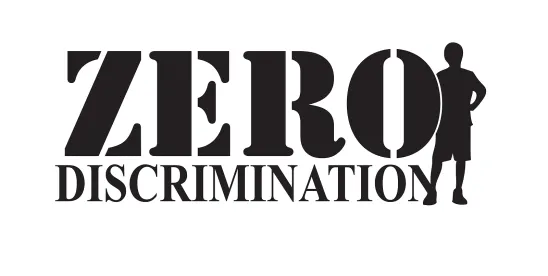On June 3, 2024, the New Jersey Division on Civil Rights proposed new regulations addressing Disparate Impact Discrimination, N.J.A.C. 13:16 (the Proposed Rules) under the New Jersey Law Against Discrimination (LAD).
The Proposed Rules clarify that in addition to the LAD’s prohibition against conduct that treats people differently because of their membership in a protected class, the law also prohibits practices and policies, in employment, housing, public accommodation, credit, and contracting, that have a disproportionately negative effect on members of a protected class, unless the practice or policy is necessary to achieve a “substantial, legitimate, nondiscriminatory interest and there is no less discriminatory, equally effective alternative that would achieve the same interest.”
The Proposed Rules, which largely codify state and federal case law, provide the legal standard and burdens of proof for determining whether a policy or practice has discriminatory effect, and give examples of practices or policies that may result in disparate impact on a protected class.
Below are key takeaways from the Proposed Rules concerning employment.
Summary of Proposed Regulations
Disparate Impact Definition and Standard
The Proposed Rules define disparate impact as “a practice or policy that actually or predictably results in a disproportionately negative effect on members of a protected class.” The definition encompasses practices and policies that are neutral on their face and not intended to discriminate. Under the Proposed Rule, a disparate impact practice or policy can predictably have a disparate impact even when the practice or policy has not yet been implemented, if the practice or policy has been approved, announced, or otherwise finalized.
The Proposed Rules provide a burden-shifting framework for determining whether a practice or policy results in disparate impact in violation of the LAD. First, an employee must show that the policy or procedure, while facially neutral, adversely impacts a protected class, i.e., establish a prima facie case. If the employee meets their burden, the employer must demonstrate that the practice or policy is “necessary to achieve a substantial, legitimate, nondiscriminatory interest,” i.e., that the practice or policy is job related and consistent with a business necessity. Of note, the Proposed Rules acknowledge that “[a]n interest in achieving diversity or increasing access for underrepresented or underserved members of a protected class may constitute a substantial, legitimate, nondiscriminatory interest.” To rebut the employer’s asserted business interest, the employee must show there was a less discriminatory, yet equally effective, way to achieve the same goal.
The Proposed Rules require parties to use empirical data to support their allegations, and, by way of example, lists seventeen types of evidence that may be used in bringing or defending disparate impact cases, including:
- National, State, and local statistics;
- Applicant or employee files or data;
- Applicant or employee selection, suspension, pay setting, and termination rates by race, gender, and other protected characteristics;
- Demographic or census data;
- Survey data;
- Labor market data; and
- Other relevant data.
Disparate Impact Discrimination Examples
The Proposed Rules also lists specific policies and procedures that may perpetuate disparate impact discrimination. Categories include, “[p]re-employment practices,” “[e]mployee selection procedures,” and “[e]mployment practices.” The Proposed Rule includes examples of such policies, such as:
- Relying on word-of-mouth recruitment by a mostly homogenous workforce, if its use results in disparate impact on potential applicants who are members of a protected class, e.g., relying on word-of-mouth recruitment by a mostly Hispanic workforce, which may result in mostly Hispanic new hires;
- Using an automated employment decision tool that uses data on a company’s current employees to inform a search for candidates, e.g., if an employer’s company comprises white cisgender male employees, an automated employment decision tool based on that employee-pool may score women’s resumes lower;
- Using online application technology that filters out applicants based on schedule availability, unless the tool includes a mechanism for applicants to request reasonable accommodation;
- Restrictions on the use of languages in the workplace, including but not limited to English-only rules, which may have disparate impact on employees based on national origin or ancestry;
- Having a policy that prohibits breaks during the workday, which may disparately impact employees who are entitled reasonable accommodation for breastfeeding; and
- Prohibiting hats or head coverings, which may negatively affect those who wear religious articles of clothing.
The Proposed Rules are open for public comment until August 2, 2024. Interested persons may submit their comments to regulations@njcivilrights.gov.
Gianna Dano contributed to this article




 />i
/>i

